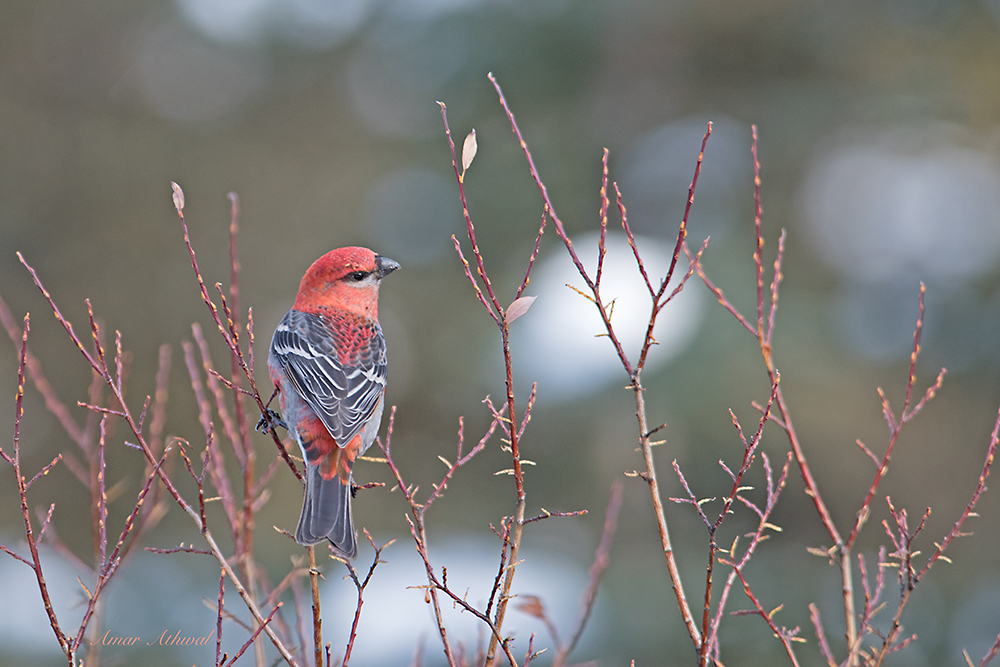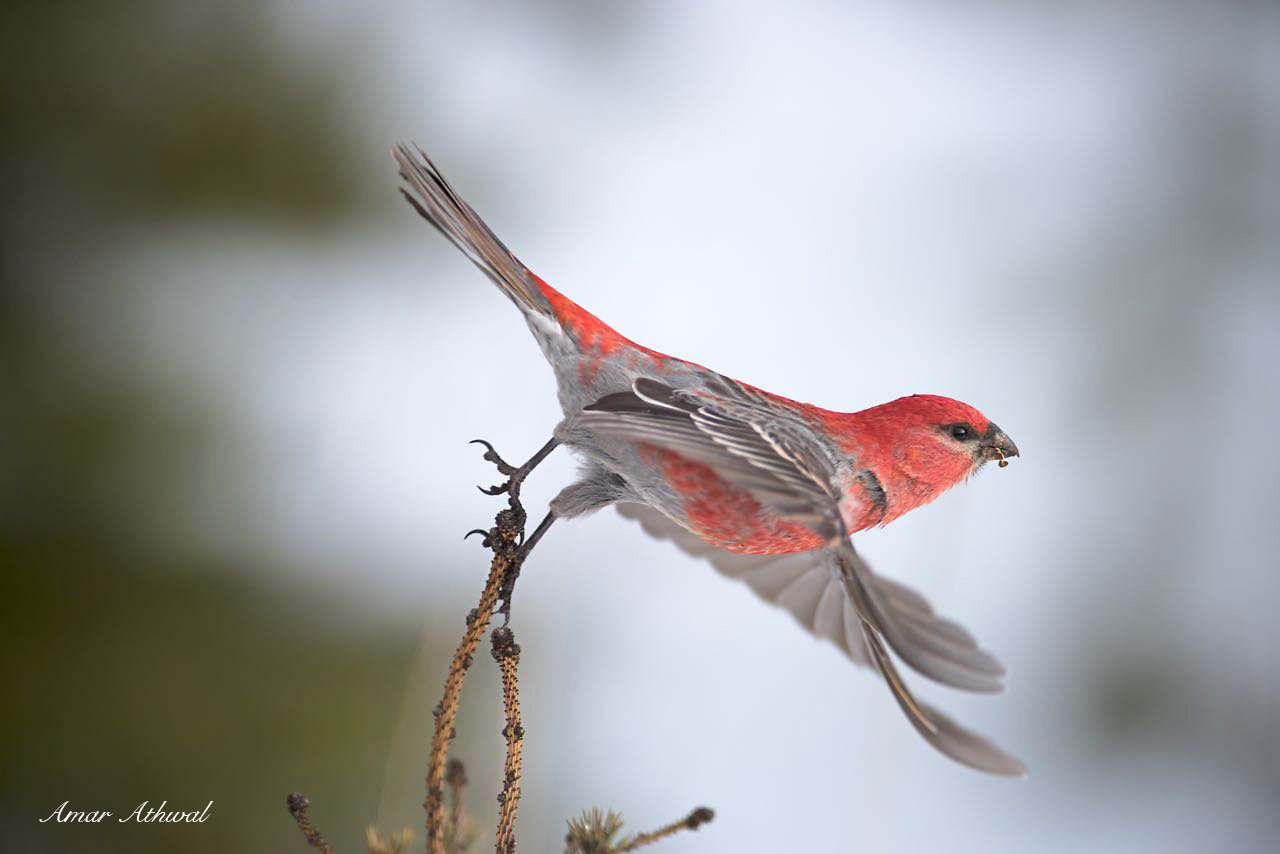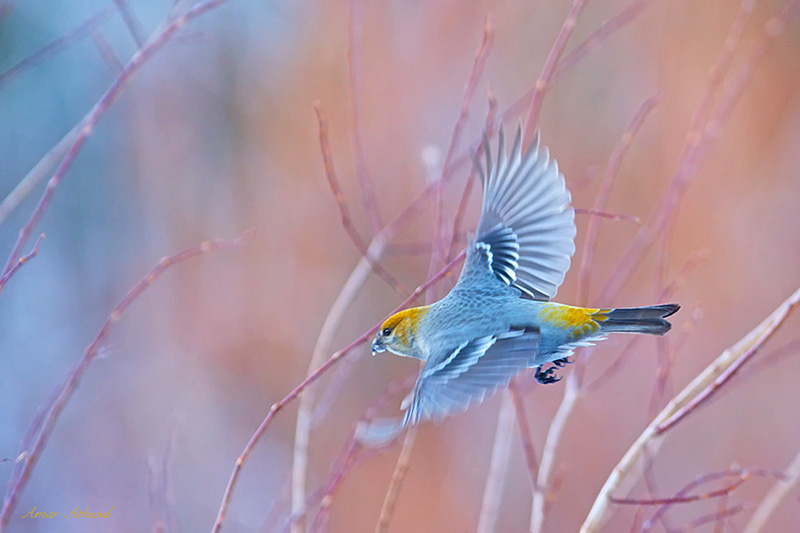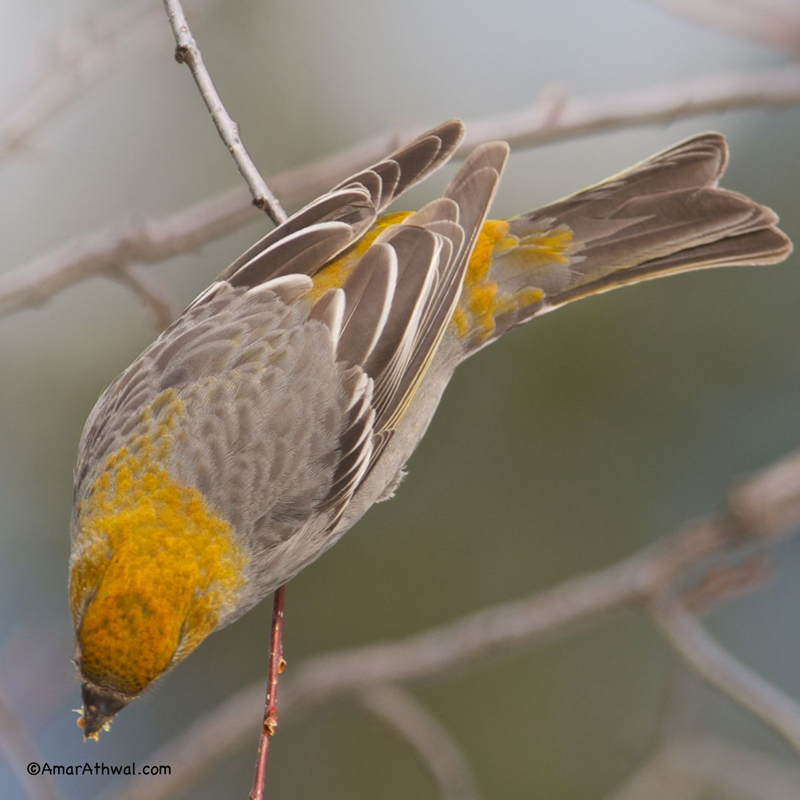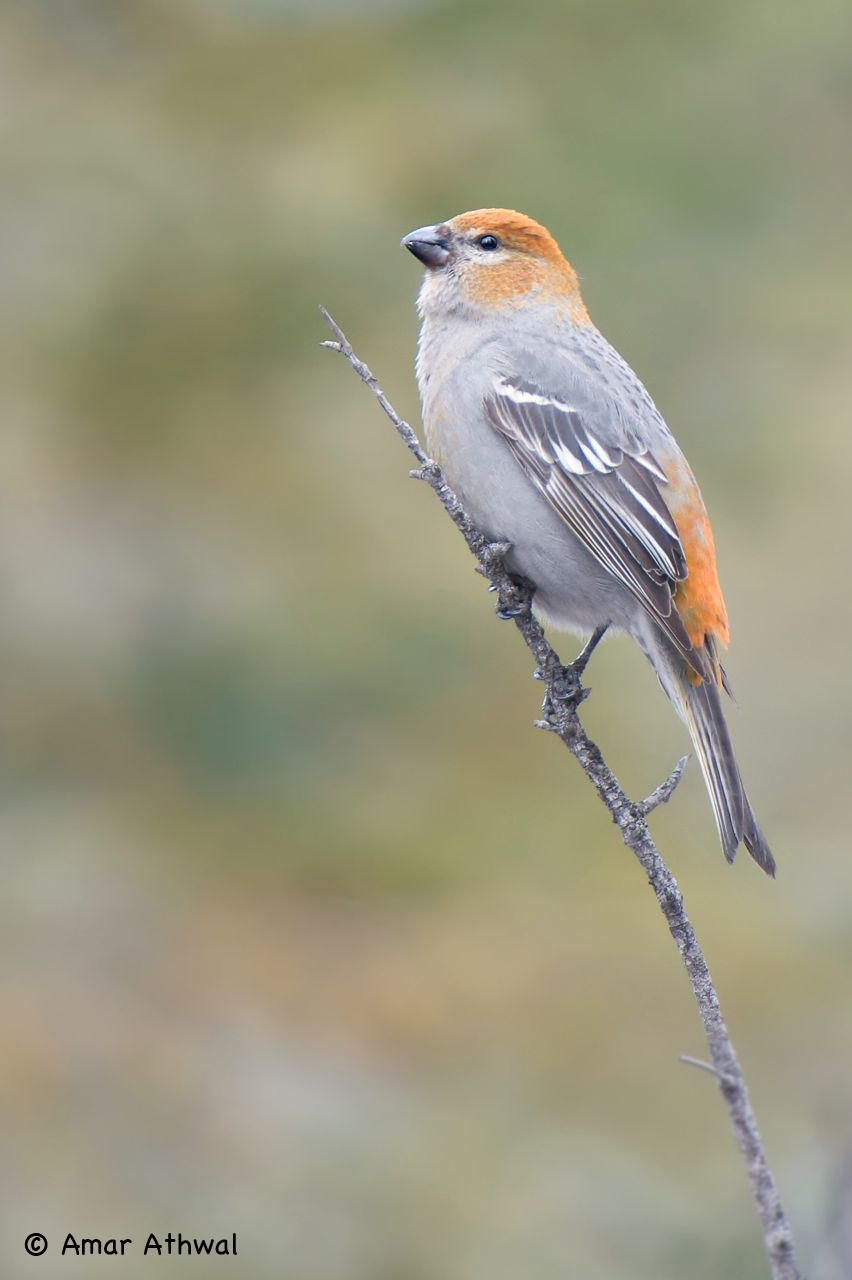Even in the mountains one can find birds to take pictures of year-round. During the winter, the opportunities and varieties of species are a fraction of what you encounter during the spring and summer seasons, but they are there. With fewer opportunities, it’s ever more important to take advantage when they come along. This is where all those years of practice and years of learning about birds become important. In the wild, when the birds are not habituated and there is no blind to cover you, the birds are ever more alert. They see us as predators and their number one priority is their survival.
When my main goal is to take pictures, I tend to be by myself. Because the more people approach a bird, the more likely it will fly away sooner than later. From the bird's perspective, it’s a lot easier dealing with one predator than two or more. And no quick movements or big actions, like taking your pack off your shoulder near a bird to get the camera out. Have the camera in your hands before moving closer. If you want the bird to stay calm, then you and your body need to stay calm. All this is even more important if there is more than one bird and or more than one bird species. Then you must make sure you don’t scare away any birds, because others will follow.
Even with all this effort, if you don’t come back with any pictures. You still come back with a little more knowledge to improve your chances on your next encounter. In the end, the birds are not there for us. We went outside to see them and with some work to bring back a moment with your camera.


